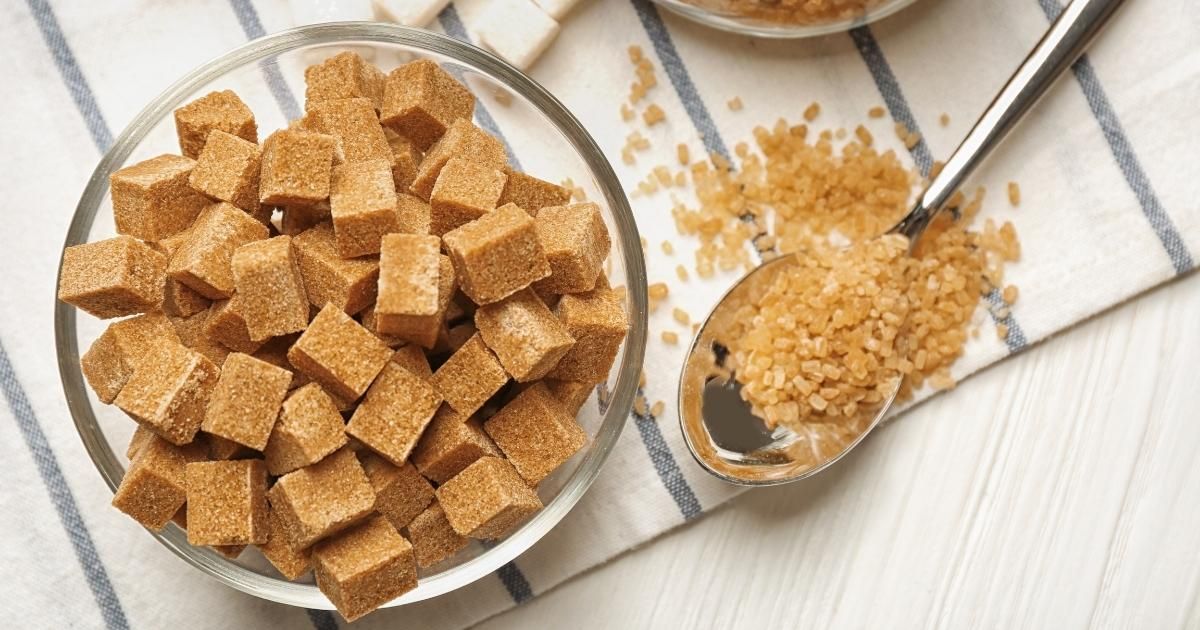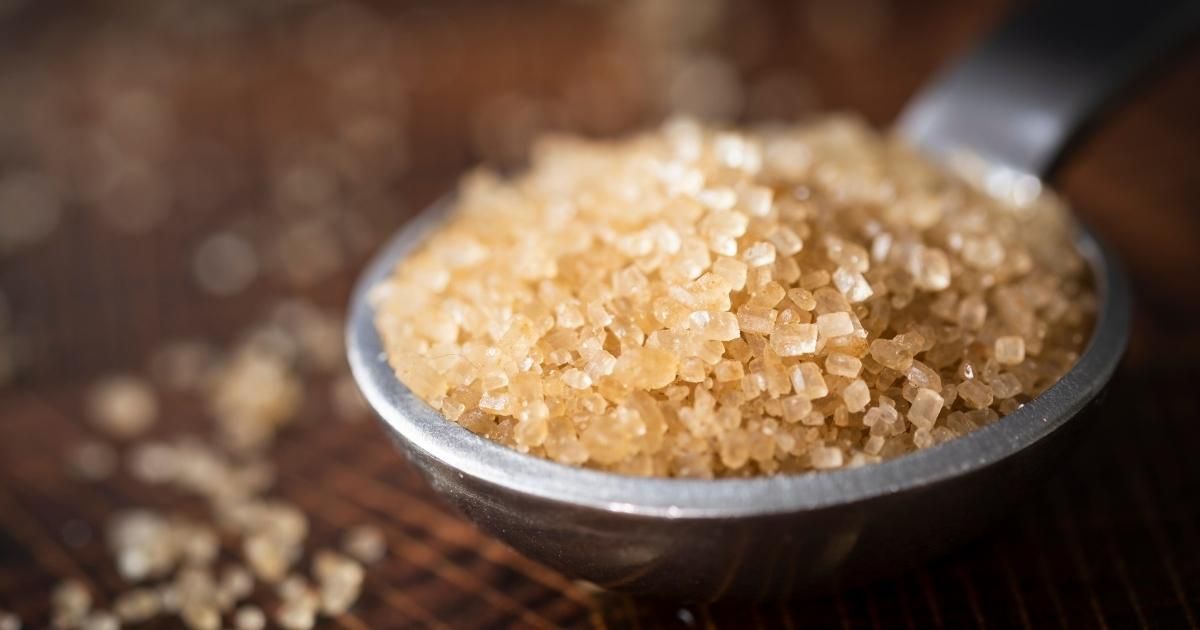7 Types of Sugar and How to Use Them
How boring would life be without sugar, don’t you agree? Learn how to use every type of sugar, like an authentic pastry chef. Not all sugars are the same!
Let’s talk about a sweet topic, sugar. There’s more than one type of sugar, and they all have different uses.
Learn all about the different types of sugar and add them to your cooking repertoire. You’ll soon discover that not only are sugars different from each other, but they’re also all super handy!
What Is Sugar, Anyway?
We use the term sugar for any simple carbohydrate that tastes sweet, and that’s a long list. Anything from sugar canes to beets can be used to produce sugar, and the results vary widely.
What type of sugar is used for cooking? Here’s where the options narrow down. Seven types of sugar dominate today’s cuisine, and they’re all awesome. Here’s all you need to know about the kinds of sugar and how to use them. This is a sweet piece of information right here, so we hope to satisfy your sweet tooth.
1. Granulated Sugar
This is the regular type of sugar, the most common and easy to find. This one’s called granulated for its fine granules or crystals that are extracted from sugarcane juice.
Also known as white sugar, this sugar became increasingly popular for its low cost and anti-caking properties. If you look for any baking recipe, you’ll probably notice it calls for granulated sugar. If the recipe just calls for sugar, use this kind.
It comes without saying, as long as granulated sugar is not exposed to humidity, you can store it for an exceptionally long time. Use granulated sugar for everything, from sweetening a cup of tea to baking cakes.
2. Powdered Sugar
This is the second most common type of sugar in baking recipes, and it’s also known as confectioners’ sugar. This powdery sweet sugar is made with granulated sugar, but it’s ground into a smooth powder.
Sometimes, producers add a little cornstarch to powdered sugar to prevent lumps and caking. Powdered sugar is used to make frostings, and it’s a typical garnish for cakes, cupcakes and other treats. Let’s just say this one’s the prettiest sugar out there.
Confectioners’ sugar is more than its good looks, though; it dissolves easily in water, making it ideal for delicate preparations and batters. Use powdered sugar to make smooth frostings, fondant and custards. It’s also a nice garnish.
3. Brown Sugar
Brown sugar is more rustic and intensely flavorful than white and powdered sugar. Still, all three come from the same place — sugar cane.
Brown sugar is granulated sugar mixed with sugar cane molasses, a byproduct of sugar production, which gives it a dark, golden-brown color. This type of sugar is quite moist as well, thanks to the molasses and has a unique caramel flavor.
You’ll find this variety as light and dark sugars, and although you can use them interchangeably, dark sugar has more molasses and it’s denser and more flavorful. Brown sugar goes better with brown, seasonal spices. Use brown sugar for bakes containing brown spices like cinnamon and nutmeg.
4. Sanding Sugar
Also known as coarse sugar, sanding sugar comprises large sugar crystals. Sugar producers use syrups with large amounts of sucrose to make this specialty, which allows for larger crystals.
Keep in mind coarse sugar doesn’t dissolve that easily, and it won’t melt quickly either. That’s why you’ll find many recipes calling for coarse sugar as a garnish or final touch.
What’s neat about these large crystals is that producers often taint them with natural coloring for truly attractive, shiny beads that can make any baking treat or drink look lovely. This type of sugar is not your average sugar for cooking, which is why it’s called decorator’s sugar. Use sanding sugar to garnish cocktails, cupcakes or cakes.
5. Turbinado Sugar
Turbinado sugar is a unique sweetener that also comes from sugar cane, but it’s not as processed as granulated sugar. In a way, turbinado lies between granulated sugar and brown sugar.
There are some molasses in turbinado sugar, so it’s moister than white sugar and can cake if not stored properly. As for the flavor, turbinado is relatively neutral, but it has caramel hints, making it compatible with fall and winter baking treats.
If you’re looking for a substitute for white sugar, turbinado is your best bet. It’s more compatible with white sugar than brown sugar. Use turbinado for chocolate desserts that could benefit from the sugar’s mild molasses flavor.
6. Demerara Sugar
Turbinado sugar is sometimes called demerara, but demerara sugar is different. It has more molasses than turbinado, but not as much as brown sugar.
Often labeled as raw cane sugar, this tanned sweetener is not as processed as other varieties, so it’s more natural, in a way. With an unmistakable scent of raw sugar cane and caramel, demerara is one of the most flavorful sugars in the market. You can tell when you use it — it gives your food (or coffee) a very attractive flavor.
Use demerara as a substitute for brown sugar and turbinado. Chocolate, coffee and caramel desserts are best with demerara.
7. Muscovado Sugar
Producers often label this dark beauty as Barbados sugar, and it’s the darkest sugar cane sweetener out there. With noticeable moisture and a rich molasses flavor, this variety is bold and robust and not easily interchangeable in recipes.
Muscovado’s crystals are also larger than regular sugar, turbinado, demerara or brown sugars, so they are more resistant to heat and don’t dissolve in water that easily.
This is not the easiest sugar for cooking. Still, there are many uses for muscovado, as the sugar adds a rich, heart-warming personality to anything from specialty coffee to caramel and chocolate desserts.
Use muscovado for rich mocha coffee, double chocolate desserts, caramel-flavored bakes and even barbecue sauce.
What’s Your Favorite Type of Sugar?
There’s no doubt all types of sugar are special. The best part? You don’t have to choose! All sugars will sweeten your baking treats, cakes and muffins nicely, but you can use different ones for new and exciting flavors.
Sugar is not only a staple in every kitchen, but it also is noble, and a little goes a long way. As long as you don’t overdo it, you can enjoy sugar and its addictively sweet taste in all your baking projects. Cooking with sugar is fun. After all, we all need a little something to sweeten our day!
Vanilla Macaron
After you make this easy French macaron recipe, you’ll not even want to think about other Macaron recipes. Serve these delicious macarons as a snack...
Black Forest Cake
This cake recipe is prepared by filling sliced cherries, whipped cream and brandy between chocolate sponge cakes. You will love this dessert with its unique...
Cannoli
Cannoli is an Italian dish. One of the most served dishes at the bakeries of Italy, a perfect starter for your day. It is simply one dish that is luscious...
Chocolate Truffles
Chocolate Truffles are rich, smooth, creamy sweet snacks. The French dessert, which is a delicious combination of chocolate and butter, is a must for parties.You...
Chocolate Swiss Roll Cake
Swiss Roll Cake is a classic dessert that will remind you of your childhood memories. Chocolate and Vanilla Roll Cakes are definitely one of our favorite...
Dunkin' Donuts Chocolate Glazed Donut
This easy, dunkin doughnut copycat recipe teaches you how to make doughnuts with yeast, flour, milk, butter, sugar, salt, and vanilla extract. The resulting...



































